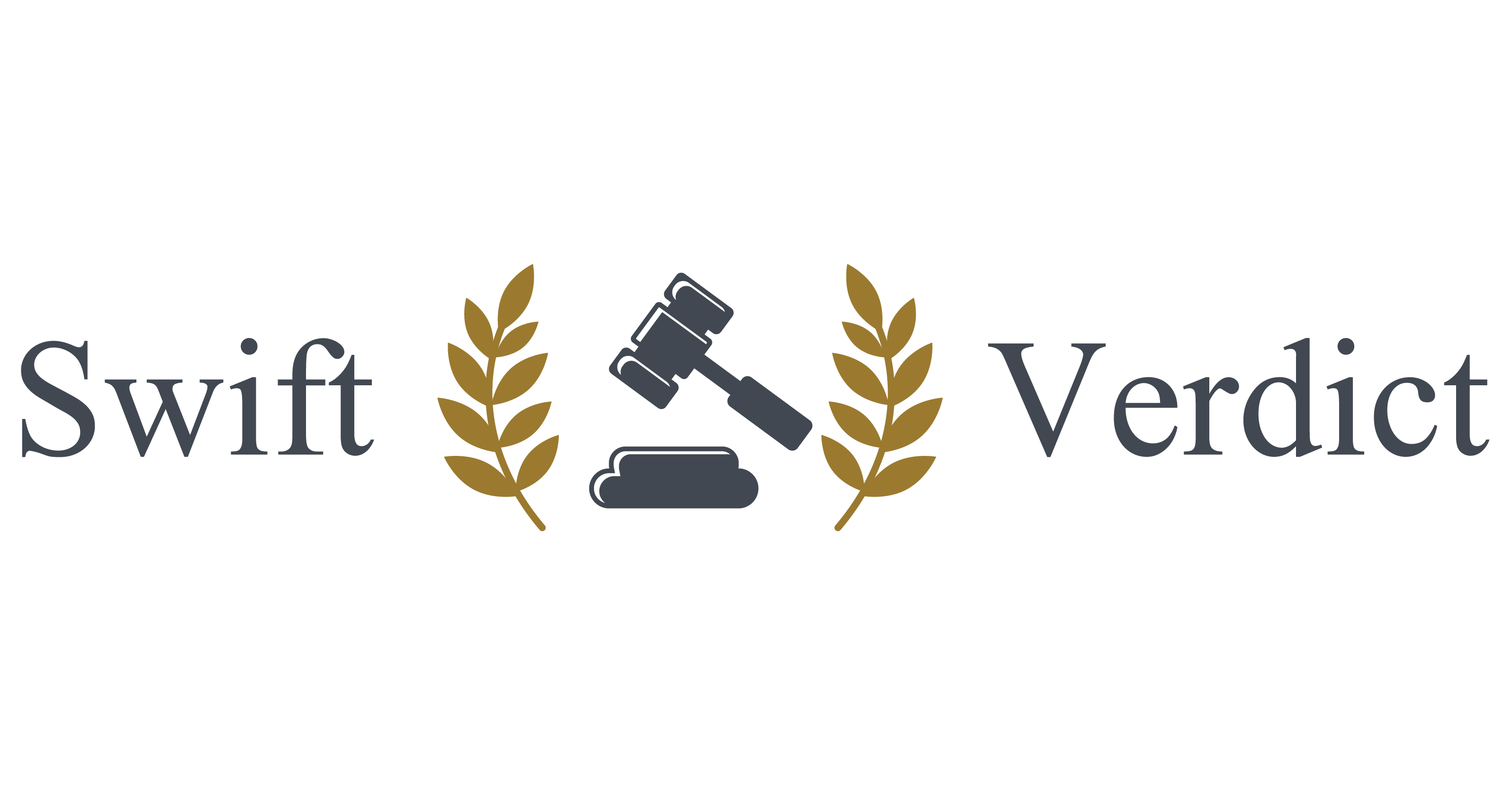Understanding the Evolving Workplace
In today’s rapidly changing work environment, legal experts specializing in labor and employment are more crucial than ever. They provide the compass that guides both businesses and workers through the maze of laws that define their rights and responsibilities. This comprehensive overview delves into the heart of labor and employment law, offering insights into how these regulations shape the American workplace.
The Foundation of Labor and Employment Law
Labor and employment laws constitute the bedrock that governs the intricate relationship between businesses and their employees. These laws, which encompass federal, state, and local statutes, ensure fair treatment, safeguard rights, and set standards for working conditions.
While “labor law” traditionally focuses on unionized workplaces and collective bargaining, “employment law” covers a broader spectrum of workplace issues, including wages, discrimination, and safety.
Key Areas of Employment Law
Employment law spans several critical areas, ensuring workers are treated fairly and justly in diverse workplace scenarios. These areas include:

-
Wage and Hour Standards: The cornerstone of wage laws, the Fair Labor Standards Act (FLSA), sets minimum wage, overtime, and youth employment standards. It ensures that workers receive fair compensation for their labor, while state and local laws often provide additional protections.
- Anti-Discrimination Measures: Laws like Title VII of the Civil Rights Act of 1964 and the Americans with Disabilities Act (ADA) protect workers from discrimination based on race, color, religion, sex, and disability. These laws aim to create an inclusive and equitable work environment for all.
- Safety in the Workplace: The Occupational Safety and Health Act (OSH Act) mandates that employers maintain a safe working environment, free from recognized hazards, to protect workers’ health and well-being.
- Workers’ Compensation: This insurance provides workers with benefits if they suffer work-related injuries or illnesses, ensuring financial stability during recovery.
Understanding Your Rights and Responsibilities
Both employers and employees must navigate a complex landscape of federal and state laws. These regulations not only outline the rights and protections afforded to workers but also detail the obligations of employers to provide fair wages, safe working conditions, and equal opportunities.
Compliance with these laws is not merely about adhering to the stricter statute but understanding and applying the nuances of both federal and state requirements.
State vs. Federal Laws: A Delicate Balance

The interplay between state and federal laws can be intricate, with each layer of legislation adding its own set of rules and protections. While federal laws set the baseline for workers’ rights, states often enact laws that provide additional protections, such as higher minimum wages or more generous leave policies. Employers must be adept at navigating these differences to ensure full compliance.
The Ever-Evolving Landscape of Employment Law
The dynamic nature of labor and employment law means that legal practitioners must stay abreast of new developments. From the gig economy’s challenges to the intricacies of cannabis legalization and the expanding definition of discrimination to include gender identity and sexual orientation, the landscape is continually shifting. Staying informed and adaptable is key to managing these evolving legal and social norms.
Empowering Workers and Employers Alike

At its core, labor and employment law serves to empower both workers and employers. For employees, it guarantees rights to fair pay, safe working conditions, and freedom from discrimination.
For employers, it provides a framework for maintaining a lawful, ethical, and productive workplace. Understanding and respecting these laws not only fosters a positive work environment but also minimizes legal risks and promotes business success.
The Path Forward
As we navigate the complexities of labor and employment law, it’s clear that the field is more than just a set of rules—it’s about ensuring justice, equity, and safety in the workplace. For those tasked with interpreting and applying these laws, staying informed, flexible, and proactive is essential.
By embracing these principles, we can continue to build workplaces that respect and protect the rights of all workers, paving the way for a more fair and prosperous future.




